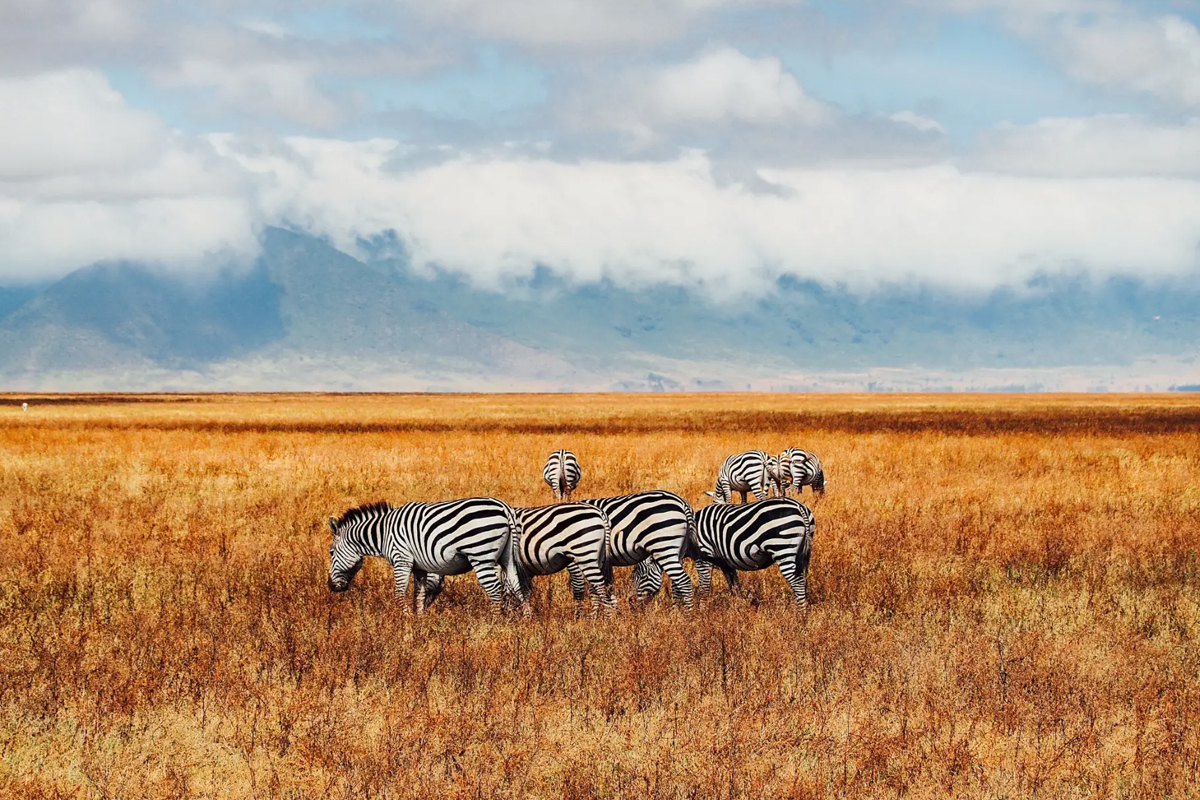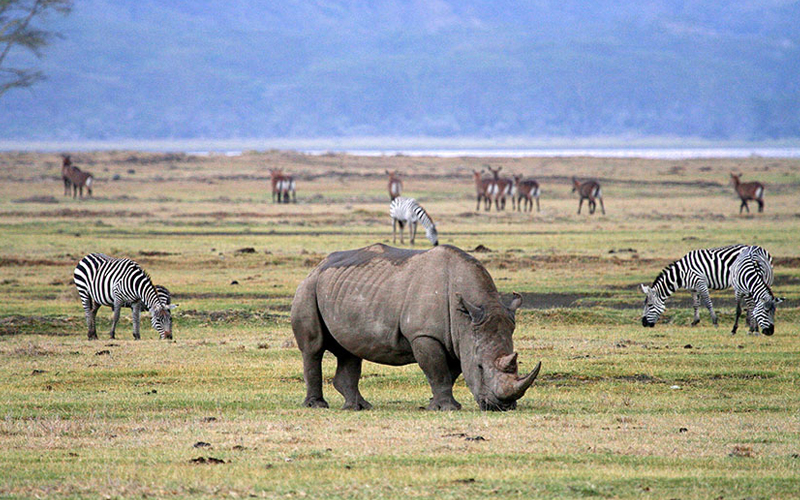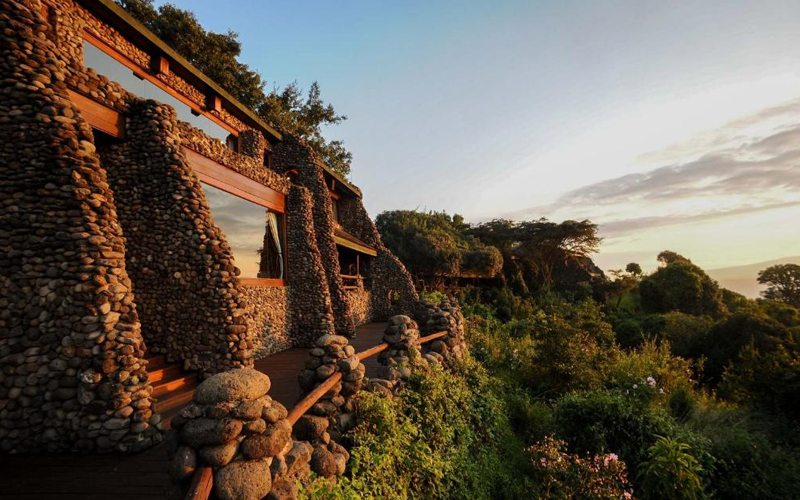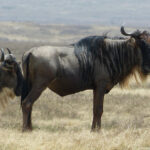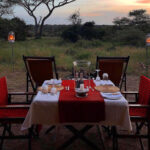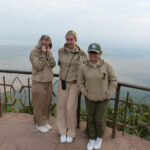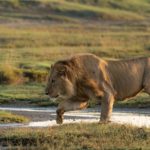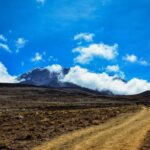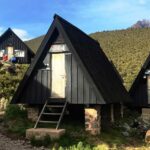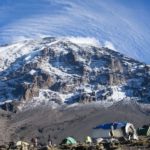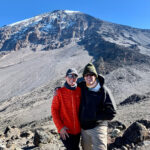The Ngorongoro Crater is one of Africa’s most remarkable natural wonders, offering an unparalleled safari experience. Located in northern Tanzania, this UNESCO World Heritage Site is often referred to as the “Eighth Wonder of the World” due to its stunning landscape and rich biodiversity. This article will delve into the unique aspects of exploring the Ngorongoro Crater, from its geological significance to its vibrant wildlife and cultural heritage.
Geological Marvel
- Formation of the Crater: The Ngorongoro Crater was formed millions of years ago when a massive volcano exploded and collapsed on itself, creating a large caldera. The resulting bowl-shaped depression spans about 260 square kilometers and reaches a depth of over 600 meters. This geological marvel is the largest inactive and unfilled volcanic caldera in the world.
- Unique Ecosystem: The crater’s floor is a self-contained ecosystem, supporting a wide variety of flora and fauna. Its unique topography and varying altitudes create diverse habitats, from grasslands and swamps to forests and lakes. This diversity makes the Ngorongoro Crater a hotspot for wildlife and a fascinating destination for ecotourism.
Abundant Wildlife
- Home to the Big Five: The Ngorongoro Crater is one of the few places in Africa where you can spot the Big Five—lion, elephant, buffalo, leopard, and rhinoceros—in a single day. The high concentration of wildlife within the crater makes it an ideal location for game viewing. Visitors often see large pride of lions lounging in the grass, herds of elephants roaming the forests, and elusive leopards resting in the trees.
- Birdwatching Paradise: Bird enthusiasts will find the Ngorongoro Crater a paradise, with over 500 bird species recorded in the area. From the striking flamingos that gather around the alkaline lakes to the majestic African fish eagles soaring above, the variety of birdlife is impressive. The crater’s wetlands, forests, and plains provide ample opportunities for birdwatching.
Unique Safari Activities
- Game Drives: Game drives are the most popular way to explore the Ngorongoro Crater. Guided by experienced rangers, these drives allow you to get up close and personal with the wildlife. Early morning and late afternoon are the best times for game drives, as animals are most active during these cooler hours. The crater’s compact size means that a half-day safari is usually sufficient to see a wide array of animals.
- Walking Safaris: For a more intimate and adventurous experience, consider a walking safari. Accompanied by an armed guide, you’ll explore the crater’s rim and surrounding areas on foot. Walking safaris provide a unique perspective on the landscape and an opportunity to learn about the smaller details of the ecosystem, from insects and plants to animal tracks and droppings.
Cultural Heritage
- Maasai Community: The Ngorongoro Conservation Area is not only a wildlife sanctuary but also home to the Maasai people. This semi-nomadic tribe has coexisted with the wildlife for centuries, and their presence adds a rich cultural dimension to the safari experience. Visiting a Maasai village offers insight into their traditional lifestyle, customs, and crafts. You’ll learn about their cattle herding practices, ceremonial dances, and vibrant beadwork.
- Olduvai Gorge: A visit to the nearby Olduvai Gorge is a must for history enthusiasts. Known as the “Cradle of Mankind,” this archaeological site has yielded some of the earliest human fossils, providing crucial insights into human evolution. The small museum at the site offers informative displays about the discoveries made here and the significance of the area in the study of our ancient ancestors.
Luxurious Accommodations
- Lodges and Camps: The Ngorongoro Conservation Area boasts a range of accommodation options, from luxury lodges to intimate campsites. Many lodges are perched on the crater rim, offering breathtaking views of the landscape below. These lodges provide all the comforts of home, along with excellent service and gourmet dining. For a more immersive experience, consider staying at one of the tented camps within the conservation area.
- Eco-Friendly Stays: Sustainable tourism is a priority in the Ngorongoro Conservation Area. Many lodges and camps adhere to eco-friendly practices, such as using solar power, minimizing waste, and supporting local communities. Choosing an eco-friendly accommodation ensures that your visit has a positive impact on the environment and local people.
Practical Tips
- Best Time to Visit: The Ngorongoro Crater can be visited year-round, but the best time for wildlife viewing is during the dry season, from June to October. During these months, animals are more concentrated around water sources, making them easier to spot. The wet season, from November to May, brings lush green landscapes and the chance to see newborn animals, but some roads may become impassable due to rain.
- What to Pack: When packing for your safari, bring light, breathable clothing in neutral colors, a good pair of binoculars, sunscreen, a hat, and insect repellent. Don’t forget a camera to capture the stunning scenery and wildlife. Layering is key, as temperatures can vary widely between the cool mornings and warm afternoons.
Exploring the Ngorongoro Crater is a unique safari experience that combines breathtaking landscapes, abundant wildlife, and rich cultural heritage. Whether you’re marveling at the Big Five, learning about the Maasai way of life, or discovering the secrets of human evolution at Olduvai Gorge, the Ngorongoro Crater offers an adventure like no other. Plan your visit to this natural wonder and immerse yourself in the beauty and diversity of one of Africa’s most extraordinary destinations.
FAQs
1. How long should I spend in the Ngorongoro Crater?
A one to two-day visit is usually sufficient to explore the crater and enjoy its wildlife. However, adding an extra day or two allows you to visit nearby attractions like Olduvai Gorge and Maasai villages.
2. Is it safe to visit the Ngorongoro Crater?
Yes, visiting the Ngorongoro Crater is generally safe. Always follow the guidelines provided by your safari guide, and stay inside the vehicle during game drives to ensure your safety and the safety of the animals.
3. What are the accommodation options in the Ngorongoro Conservation Area?
There are various accommodation options, ranging from luxury lodges on the crater rim to mobile tented camps within the conservation area. Many lodges offer stunning views of the crater and excellent amenities.
4. Can I visit the Ngorongoro Crater as part of a larger Tanzania safari?
Absolutely! Many visitors combine a trip to the Ngorongoro Crater with safaris in other renowned Tanzanian parks like the Serengeti, Tarangire, and Lake Manyara. This provides a comprehensive experience of Tanzania’s diverse landscapes and wildlife.
5. What wildlife can I expect to see in the Ngorongoro Crater?
In addition to the Big Five, you can expect to see a variety of other animals, including cheetahs, hyenas, zebras, wildebeests, hippos, and a plethora of bird species. The high concentration of wildlife makes for an exciting and rewarding safari experience.
For an unforgettable Tanzanian adventure, explore the following destinations on our site:
- Arusha National Park
- Lake Manyara National Park
- Serengeti National Park
- Tarangire National Park
- Zanzibar Vacation
Visit our page for detailed insights and tips to plan your perfect journey through Tanzania.

